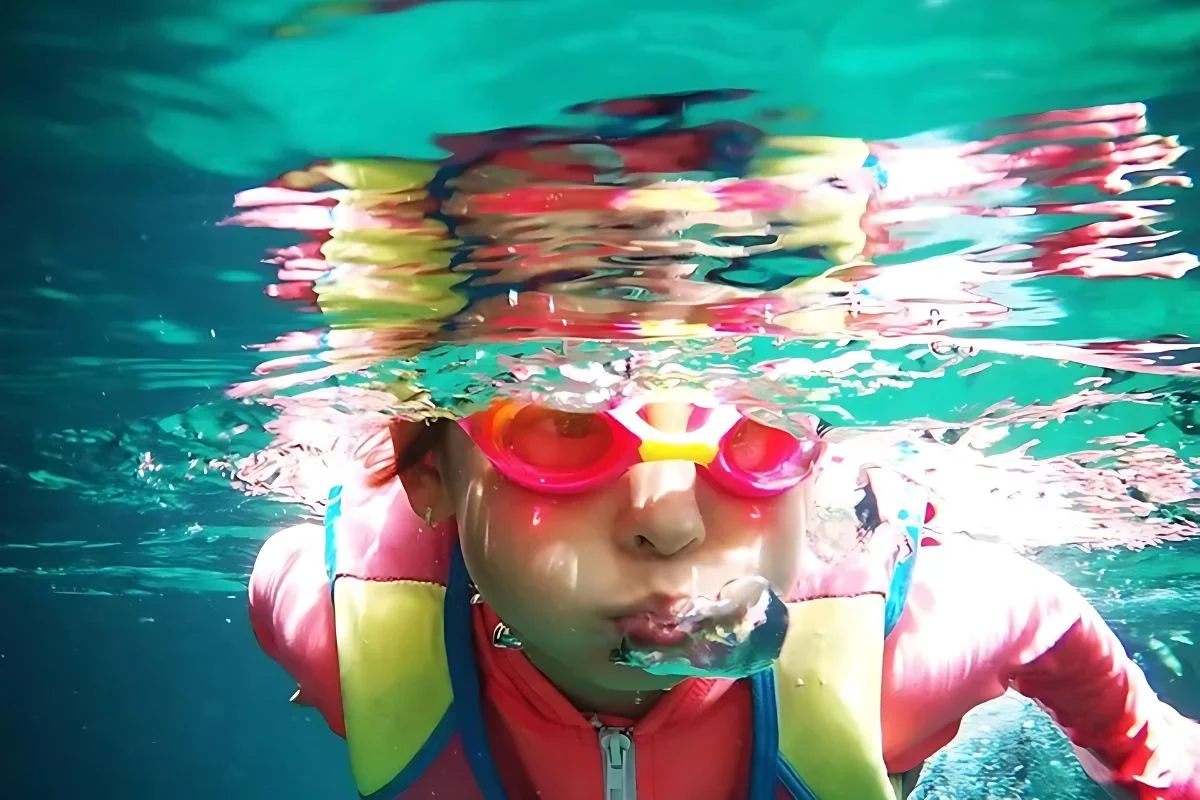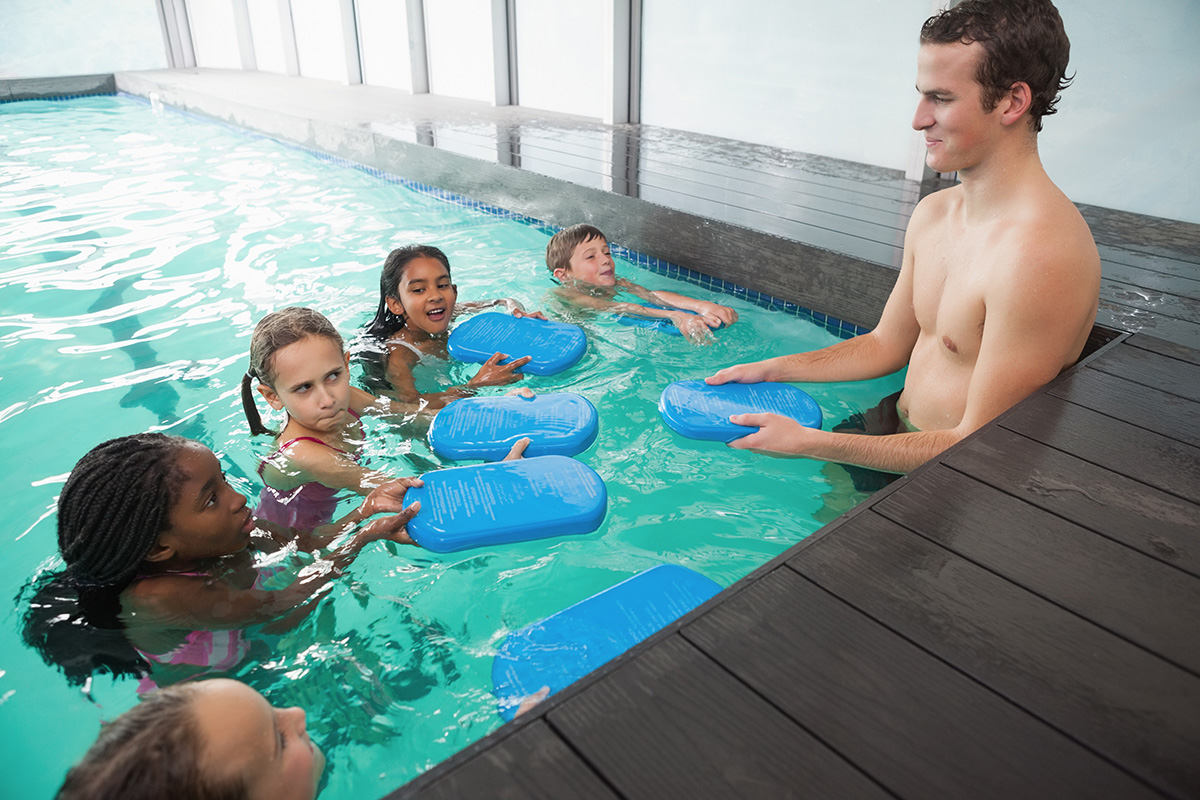
Water Safety Myths Busted
May is National Water Safety Month and as summer gets closer, more and more of us will be heading to the pool or to the lake to cool off with the family and make memories. But with accidental drowning being the second leading cause of death in children age 1 to 14, it is important to be safe around the water and to have all the facts.

Myth: “I will definitely hear them yelling or splashing if they are drowning.”
Fact: Drowning is by and large silent—a person struggling for air cannot scream, and more likely you’ll see a person bobbing slightly up and down in the water with little to no splashing.
The fact that drowning is silent makes it all the more important to watch children closely when water is around—whether that’s a swimming pool, lake, ocean or even bathtub.
Myth: “My child can swim so they don’t need a life vest.”
Fact: Some public or resort pools can require a swimming test, but often times this is up to the parent. Be cautious of the environment your family is swimming in, since drowning risks increase at rivers or docks, steep banks, and places where water is dark and cold, and rescue become much more difficult.
When boating, rafting, tubing, or swimming in open water like a lake or river, adults and children should always wear Coast Guard approved life jackets.
Myth: “Floats and water wings will keep my child safe.”
Fact: While pool toys and water wings are a fun addition to the pool, they by no means are considered a replacement for proficient swimming skills and a Coast-Guard approved life jacket.
Water wings have the potential to fall off, as well as only provide flotation assistance for the arms, leaving the child’s lower body unsupported. Practice close supervision when using devices such as these.
Myth: “I can save someone from drowning, I am a great swimmer.”
Fact: If you are not a trained lifeguard, you should not be jumping into the water to save someone. It is incredibly easy for the panicked individual to pull you under the water.
Instead, the American Red Cross advises reaching out to them, using a long object for them to grab onto, or throwing something to help them stay afloat (such as a life ring).
Myth: “My child is safe in a wading pool or shallow water.”
Fact: Children can drown in inches of water and can become submerged in water in as little as two minutes. The absence of adult supervision is a factor in nearly all child drownings, including those in shallow water.
Fact: Prevention is how we stop children from accidental drowning. Adult supervision, proper flotation equipment, and proficient swimming skills are crucial for saving lives.
Locations: East Side YMCA West Side YMCA Broadview YMCA Ferguson Family YMCA

